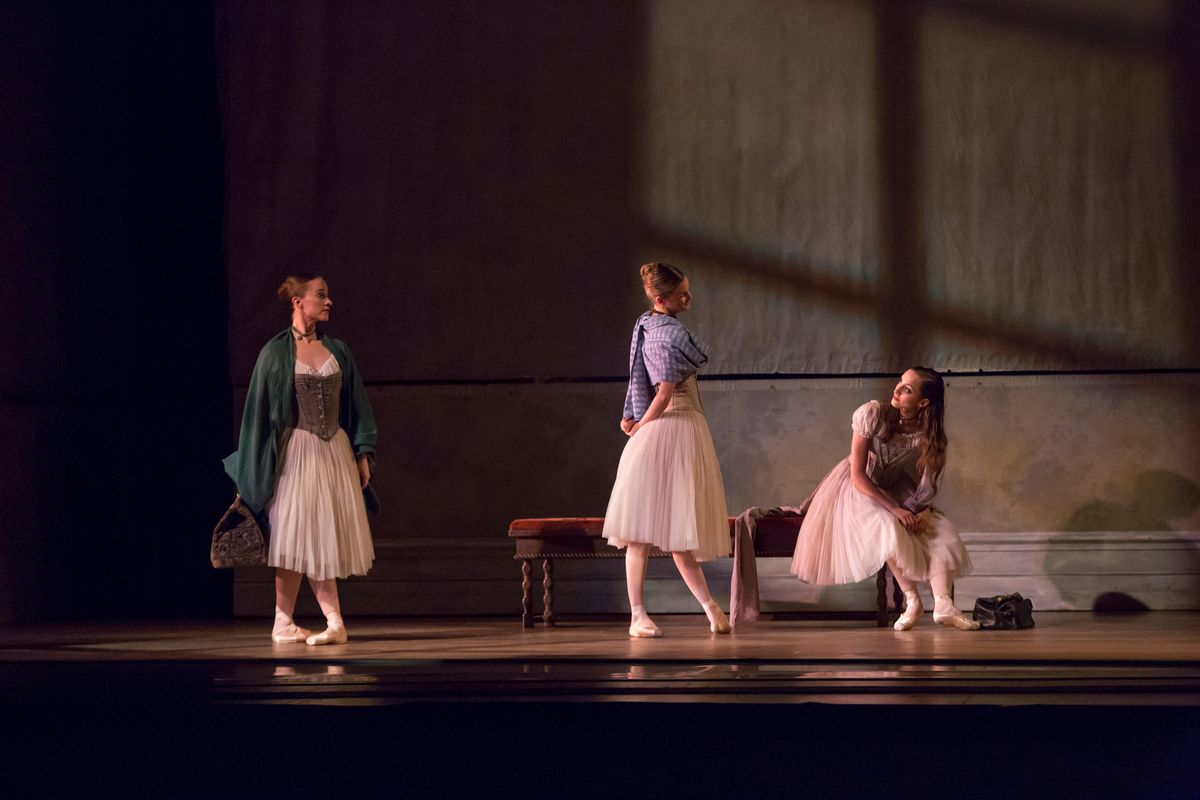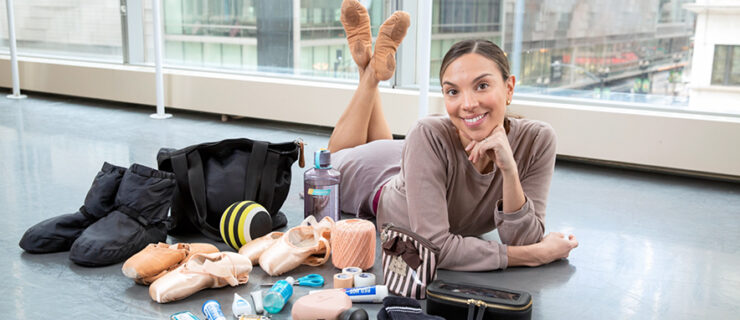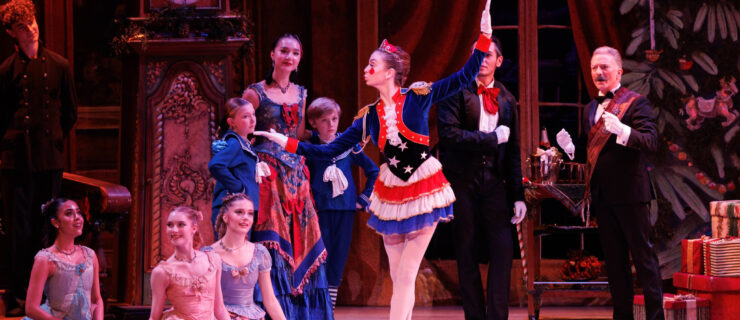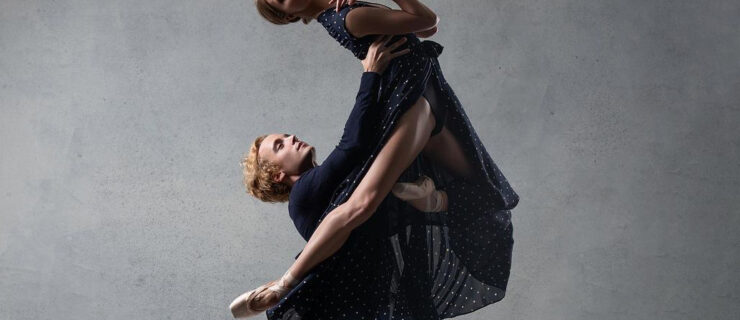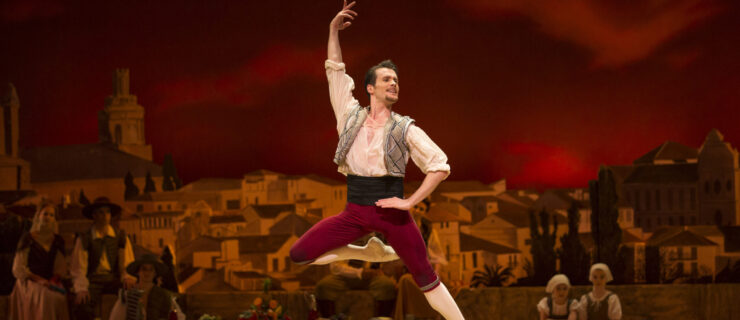A Choreographer’s Vision: Christopher Wheeldon On The Inspiration Behind His Unconventional "Swan Lake"
This story originally appeared in the February/March 2015 issue of Pointe.
What was the appeal of creating your own version of Swan Lake?
I grew up loving The Royal Ballet’s staging of it by Anthony Dowell, and then I danced Balanchine’s version with the New York City Ballet, with a “white act” I particularly admired. I wanted to remain faithful to the original, but I never felt obliged to be slavishly faithful. So I created the framing device inspired by Degas’ paintings, and, in the third act gala scene (which replaces the usual court festivities), I thought about the raunchier work of Toulouse-Lautrec. I even put my own twist on the pas de deux. I just wanted the whole thing to feel less regimented.
 Rory Hohenstein (with Victoria Jaiani) as Von Rothbart. Cheryl Mann, Courtesy Joffrey Ballet.
Rory Hohenstein (with Victoria Jaiani) as Von Rothbart. Cheryl Mann, Courtesy Joffrey Ballet.
What did you see in the Degas exhibition in Philadelphia that impressed you so greatly?
I had seen many Degas works before, but never all in one place, so I’d missed the full scope and richness of them. It’s not what you get from reproductions on calendars or mouse pads. Each picture is like a time capsule of that moment in Paris, and a view into the world of a ballet rehearsal. His painting of a wealthy man in a top hat, who seemed to have power over the young ballerinas, felt like a perfect substitute for the usual Von Rothbart, who can be such a ridiculous half-bat/half-bird figure lurking in the swamp like the devil. And it is known that those male “patrons” or “sponsors” did exist at the Paris Opéra Ballet, and expected the ballerina of their choosing to perform offstage as well as onstage.
 From left: April Daly, Yoshihisa Arai and Amanda Assucena in the Act I pas de trois. Cheryl Mann, Courtesy Joffrey Ballet.
From left: April Daly, Yoshihisa Arai and Amanda Assucena in the Act I pas de trois. Cheryl Mann, Courtesy Joffrey Ballet.
Have you made many changes in the Joffrey production?
I’ve tweaked a few things. But perhaps because of my work on the Broadway show An American in Paris, I’ve really been most focused on having the dancers find the truth in each scene. They’re not just ballet boys and girls; they must inhabit their roles as people. And, of course, the Joffrey has a long tradition of dancer-actors.
